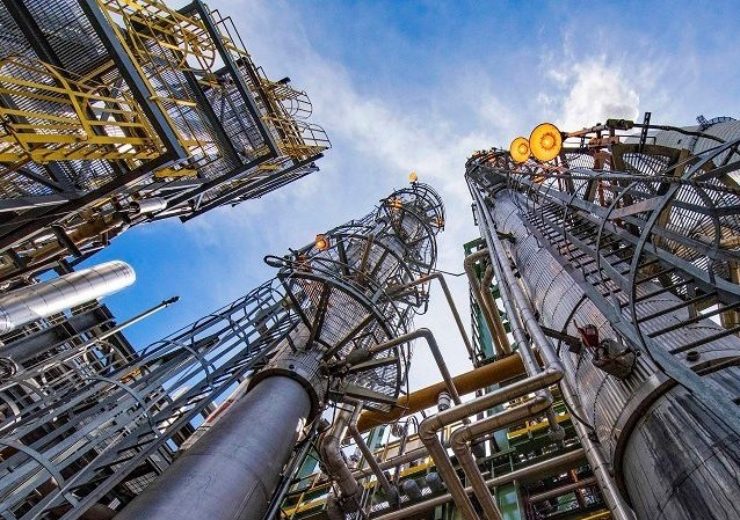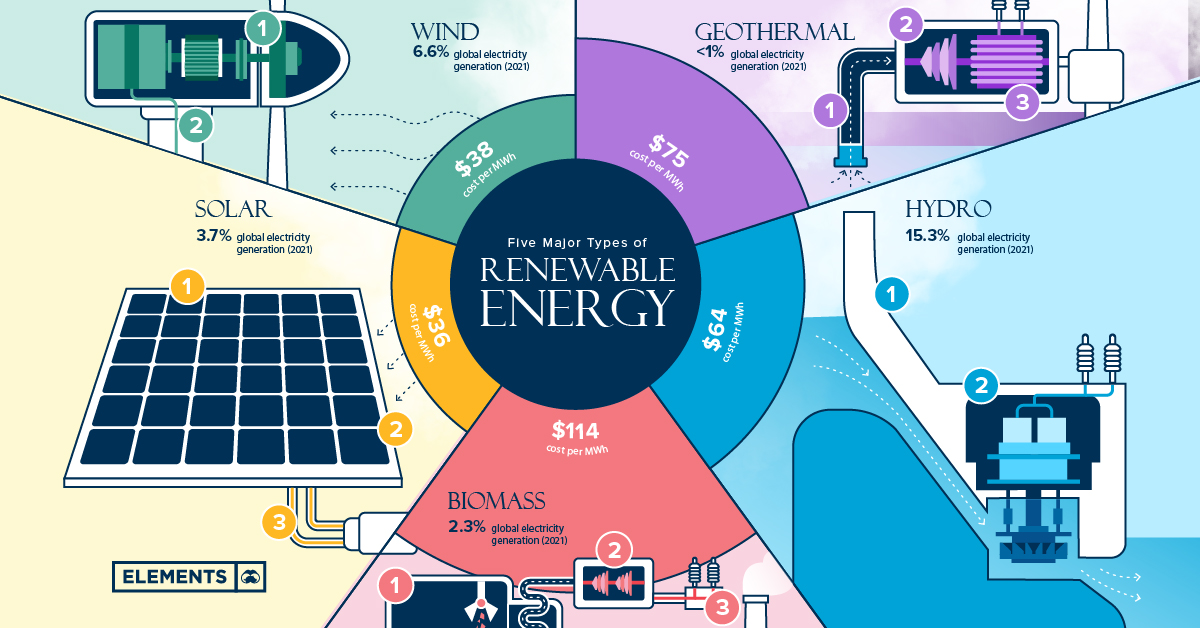Carbon Capture Technology: Can It Help Fight Climate Change?
Carbon Capture Technology: Understanding Its Role in Fighting Climate Change
With the world facing the catastrophic effects of climate change, technological solutions are emerging to combat this global crisis. One of these solutions is carbon capture technology, which aims to capture carbon dioxide emissions from various sources that contribute to global warming. The ability to capture, store, and use carbon dioxide can help reduce greenhouse gas emissions and mitigate the impacts of climate change.
===The Science of Carbon Sequestration
Carbon capture technology is based on the concept of carbon sequestration, which refers to the process of capturing carbon dioxide from the atmosphere and storing it in geological formations, oceans, or other natural reservoirs. There are two primary methods of carbon sequestration: biological and geological. Biological sequestration involves natural processes that capture carbon dioxide, such as photosynthesis by plants and trees, while geological sequestration involves storing carbon dioxide in underground reservoirs, such as depleted oil and gas fields or saline formations.
===Types of Carbon Capture Technology
There are three primary types of carbon capture technology: post-combustion, pre-combustion, and oxy-fuel combustion. Post-combustion captures carbon dioxide after combustion, while pre-combustion captures carbon dioxide before combustion. Oxy-fuel combustion separates oxygen from air and burns the fuel with pure oxygen, producing a concentrated stream of carbon dioxide. Each method has its advantages and disadvantages, and the choice of technology depends on the specific application.
===Pros and Cons of Carbon Capture: A Technical Assessment
Carbon capture technology has several advantages, including the ability to reduce greenhouse gas emissions and mitigate the impacts of climate change. It also has the potential to create new industries and jobs, as well as enhance the security of energy supplies. However, carbon capture technology also has several disadvantages, including high capital and operational costs, energy consumption, and the risk of leakage and environmental damage.
===Carbon Capture and Storage: Current Status and Challenges
Carbon capture and storage (CCS) is a key component of carbon capture technology, which involves capturing carbon dioxide emissions from power plants and industries and storing them in geological formations. CCS is currently in the early stages of development, and several pilot projects are underway around the world. However, there are several challenges to implementing CCS, including regulatory and legal frameworks, public acceptance, and the cost of infrastructure.
===Carbon Capture in Power Plants and Industries
Carbon capture technology has the potential to reduce greenhouse gas emissions from power plants and industries, which are major sources of carbon dioxide emissions. Several demonstration projects are underway to test the feasibility of carbon capture in these sectors. However, the cost and complexity of retrofitting existing infrastructure and the need for additional energy to run carbon capture systems are major challenges.
===Carbon Capture for Transportation and Aviation
Carbon capture technology also has the potential to reduce greenhouse gas emissions in the transportation sector, particularly in aviation. Several companies are exploring the use of carbon capture systems on airplanes to capture carbon dioxide emissions during flights. However, the technical and economic feasibility of this approach is still under study.
Is Carbon Capture the Solution to Climate Change?
While carbon capture technology has the potential to reduce greenhouse gas emissions and mitigate the impacts of climate change, it is not a silver bullet solution. The development and deployment of carbon capture systems require significant investment and infrastructure, and there are still technical and economic challenges to overcome. However, with continued research and development, carbon capture technology can play a vital role in reducing greenhouse gas emissions and helping to combat climate change.













